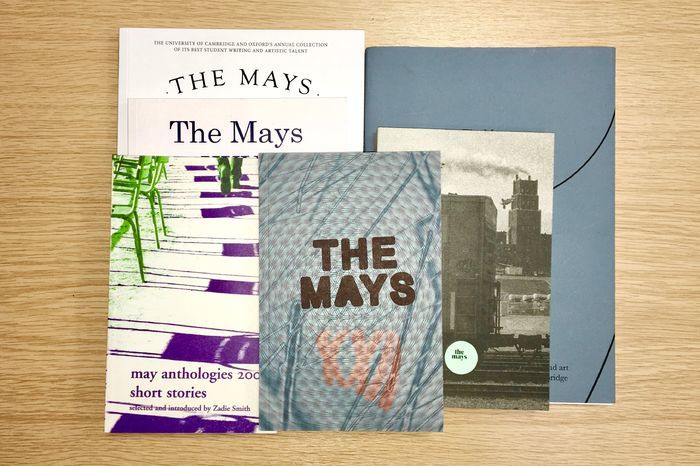Lanark : Redefining the face of Scotland
Despite its dystopian setting, Alasdair Gray’s Lanark depicts Scotland with more accuracy than any other, Esmee Wright argues.
Alasdair Gray died on the 29th of December, 2019, at the age of 85. There was more media hubbub about his passing than I expected ; Gray’s work, for all its alleged universality, always felt oddly and specifically personal, private.
Alasdair Gray was something of a giant in the world of Scottish literature. Despite not publishing his first novel, Lanark, until he was 46, no one could deny his centrality in the development of a new era of Scottish art. Irvine Welsh described Lanark as “probably the closest thing Scotland’s ever produced to Ulysses.” Iain Banks pronounced Lanark “the best in Scottish literature in the twentieth century”.
The disordered nature of the tale forces the reader to genuinely participate in the reading of the book.
Although, to call him a novelist alone would be to do a disservice to the range of his artistic talents. Gray studied at Glasgow School of Art, that beautiful Charles Rennie Mackintosh building which in recent years has now burned down not once but twice. You can see his surviving murals at the Oran Mor and the Ubiquitous Chip.
I discussed the Ubi Chip, that celebrated Glasgow restaurant, in my Cambridge interview. It probably wasn’t the response my interviewers were hoping for when they asked me about my frame of reference for post-revolutionary period Russian novels, but it was what they got. One of my high school teachers had lent me a copy of Lanark while I was preparing to apply to Cambridge - preparing that is, despite everything that made such an application seem foolish enough to be rejected just for being made.
The year I applied, 2017, only 58 Scottish students were accepted into Cambridge. Late last year, my Twitter mentions went on a brief frenzy as my old classmates celebrated our highschool finally placing outside of the bottom 20 in a list of the worst schools in Scotland. And yet. Alasdair Gray was Scottish and state school-educated, and he managed to write something like Lanark.
Even the greyness that strangles the book and its protagonists can be seen as a positive
Ideally, now I should provide an analysis of exactly which bits of Lanark; a life in four books (to give it its full title) inspired me so greatly. Unfortunately, I have continued the tradition of my English teacher, and passed on any copy I came into possession of with no consideration for receiving it back. And anyway, I was less fascinated by the specific content of Lanark than by its form. The disordered nature of the tale forces the reader to genuinely participate in the reading of the book, to create their own interpretation and to come to their own conclusions. An initial review might have found the book overly proselytising, but I think the critic rather overlooked the sheer enjoyment that can come from simply playing with form.
Much has been made of Gray’s choice to focus on Glasgow, a city known more for the art that has emerged from it than as the setting for works of art themselves. I am not from Glasgow, but it is where my parents grew up and we return often. The places are familiar, if not quite familial. But then half the novel is set in Unthank - both Glasgow and not Glasgow. It’s often described as a “dystopian” version of the city, where the sun rises for just a few minutes each day. As dour as it might seem, even the greyness that strangles the book and its protagonists can be seen as a positive ; it contributes to the artistic representation of a country that is universally known yet rarely depicted or focused upon.
If Gray is the best Scottish author since Walter Scott, what does that say for the representation of Scotland in literature? Universities dedicate whole courses to the representation of Paris or London in literature, from their beginnings to the modern day. The Edinburgh of the 17th century might bear some architectural similarities with the city today, but Glasgow is virtually incomparable. During this period, Glasgow was just commencing its industrial revolution. It’s now the third most populous city in the whole of the United Kingdom. When people say Scotland, even I think initially of the highlands, all hills and glens and wild animals. But industry and clearances have long since rewrought the face of Scotland, and even the Monarch of the Glen owes most of its fame to advertising campaigns in the 20th century rather than any innate Scottishness. For this reason, Alasdair Gray, writing a great novel about a place I could actually recognise, was something new and so very powerful.
Coming to Cambridge, I have been able to discover more about many great cities and countries than I ever imagined. I’ve even lived briefly in St Petersburg, a place that seemed almost made up when I first thought about it. And yet, even in an entirely fictional novel, Alasdair Gray’s Scotland remains one of my first and most significant literary loves.
 Comment / Cambridge is a masterclass in nostalgia11 March 2025
Comment / Cambridge is a masterclass in nostalgia11 March 2025 News / University Library electronic legal deposit systems restored12 March 2025
News / University Library electronic legal deposit systems restored12 March 2025 News / Vet School saved?7 March 2025
News / Vet School saved?7 March 2025 News / Pro-Palestine supporters urge Cambridge to end injunction bid11 March 2025
News / Pro-Palestine supporters urge Cambridge to end injunction bid11 March 2025 News / Caius threatened with legal action after accommodation fiasco7 March 2025
News / Caius threatened with legal action after accommodation fiasco7 March 2025





